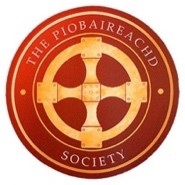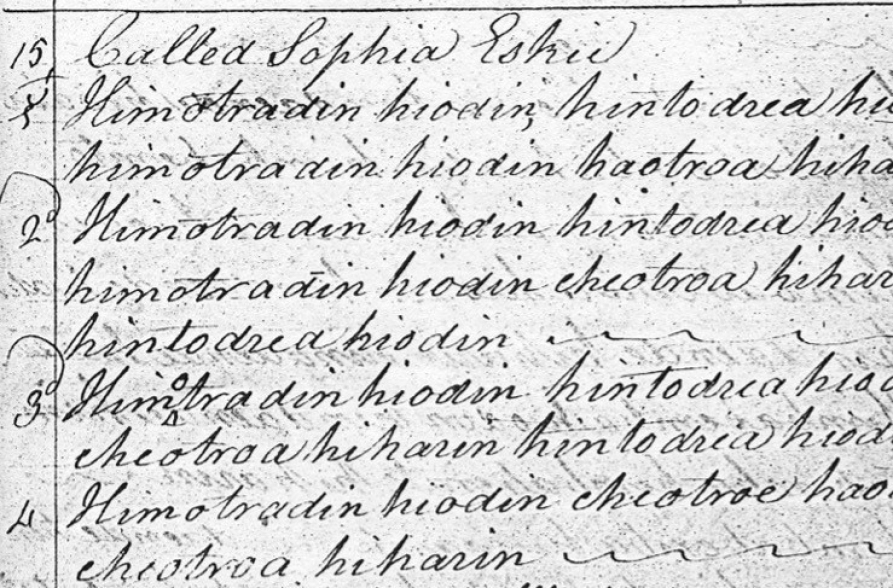There is still some debate as to exactly when and from where the bagpipes made their way to Scotland. The leading theories are Viking invaders, Roman occupiers, or returning Crusaders. In the Highlands the construction and tuning of the instrument improved over the centuries allowing the music created for it to become increasingly complex. In the Middle Ages, the pipes overtook the harp as the instrument of choice and every clan had their own piper. The Great Highland Bagpipe with its nine-note chanter and three drones (two tenors and one base) have become a symbol of Scottish heritage.
Piobaireachd simply means “piping” in Scottish Gaelic. It developed as a style of piping soon after the people of the Scottish Highlands adopted the bagpipe and began to develop both the instrument and its music to their tastes. This musical genre is characterized by a complex structure of theme (ground, or ùrlar) and variations. Piobaireachd is often used synonymously with the phrase ceòl mór meaning the “big music” and is contrasted with ceòl beag or “little music” comprised of more popular forms such as jigs, reels, marches and strathspeys. Ceòl mór is a unique musical form, contemplative and moving, that flourished from the early sixteenth century onwards. It is the only bagpipe music that is not dance music. As with most types of music, piobaireachd was originally only passed on orally. The small and subtle variations in tempo and note variation were difficult to catch and memorize by simply listening to the instrument. As an aid to memorization, the tradition of canntaireachd developed, whereby the music could be taught by singing a unique combination of syllables. Generally, vowels represent the notes, while consonants represent the grace notes.
Sobieski's Salute, is a piobaireachd with little known history. Likely written during the 18th century in honor of the Sobieskis, anytime from the wedding of Maria Clementina Sobieska and James Francis Edward Stuart in 1719, to her death in 1735, or the Battle of Culloden in 1746, but the exact time and author of the tune are unknown. Whether written directly for Maria Clementina Sobieska or a Jacobite tool for raising morale, the tune became well known in the Highlands. It appears in several extant manuscript sources all produced around the turn of the 19th century (the first written sources of Scottish bagpipe music). The earliest of which is in Colin Mór Campbell’s Nether Lorn Canntaireachd (1797), with the title Sophia Eskie, where the tune appears, in part, as seen below. Musically the tune is a simple repetitive melody characteristic of piobaireachd, with the variations following the theme closely, the note B is heard prominently giving a strong dissonance to the A of the drones before each phrase concludes harmoniously.
Aaron Bryson is piper or piobaire performed Sobieski's Salute at the opening exhibition The Sobieskis and Stuarts – the Splendour and Spectre of the Crown. He is a member of The Piobaireachd Society, founded in 1903 to promote the classical music of the Scottish Great Highland Bagpipe (known as pibroch, piobaireachd, or ceòl mòr).
The Piobaireachd Society






